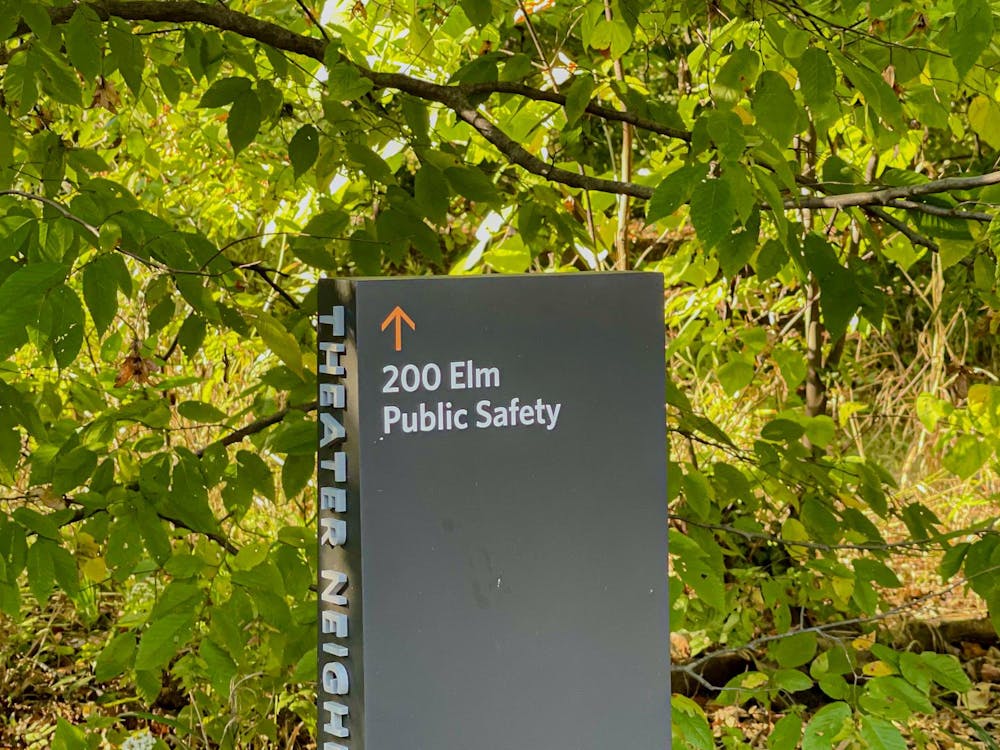Creating computational models that depict visualizations of distant galaxies and movements of single atoms will soon become much more feasible with the opening of the University’s High-Performance Computing Research Center, a 47,000-square-foot building located on Princeton’s Forrestal campus.
As researchers started relying more heavily on computer models that use millions of bytes of data, the Princeton Institute for Computational Science and Engineering recognized the need for a computing center and began plans for the construction of one.
The design for the building was complete by the summer of 2010, after which construction immediately commenced.
PICSciE and OIT will jointly oversee the facility’s operations.
The majority of the University’s computer systems, currently located at the Visualization Laboratory in the Lewis Library and 87 Prospect Street, will be relocated to the new center in the coming months.
Curt Hillegas, director of research computing and director of the Terascale Infrastructure for Groundbreaking Research in Engineering and Science, explained the advantages of housing the university’s servers in this new infrastructure.
“The capacity of the new data center is four times that of 87 Prospect,” he said. “The center’s power efficiency is also much better. In addition to saving the University money, it will be more environmentally sustainable.”
An essential feature of the center is the air conditioning used to counteract the large amounts of heat generated by the computers. In addition to 12,500 square feet of space for servers, the building is also equipped with gas and diesel-powered generators that will maintain the computing equipment in case of a power outage. A 100,000-gallon tank of cooled water is stationed in the building to keep the equipment cool during the period of time after the facility loses power to when the generators are activated.

Director of PICSciE and geology professor Jeroen Tromp noted that the new facility is an “excellent environment” for the computer systems.
“We have a lot of delicate ‘top-notch’ equipment,” he said. “The center will be a great place for protecting this hardware.”
Tromp added that the center’s expert system administrators will also benefit the University’s computing work.
“In the past, each individual department was responsible for maintaining their own servers,” Tromp explained. “The ‘human component’ of this new facility is crucial for maintaining the equipment.”

The center will eventually house computer servers used by 57 faculty research groups and two undergraduate classes that encompass 15 different academic departments. The computer clusters will be able to perform tasks such as modeling high-energy physics, molecular dynamics, neurological processes and seismological patterns, as well as storing statistical data for projects conducted in the Wilson School and other social science departments. The facility will also store administrative servers that maintain University databases.
“All departments need access to sizeable computers,” Tromp said. “The center is, in a way, bringing the University community together.”
The University has ordered two new computer systems through grants provided by the National Science Foundation, the U.S. Department of Energy, the Air Force Office of Scientific Research and the David and Lucile Packard Foundation. While these systems are CPUs, PICSciE hopes to eventually be able to invest in GPUs, which are significantly faster data processors.
The computing center has already generated interest from other universities.
Representatives from Madison and Stanford have recently visited the construction site to examine its design. According to Tromp, there is no other comparable research center, although Harvard and MIT are currently constructing a similar facility that will be shared between the two universities.
Tromp noted that the new facility should increase interest in research computing for all faculty, researchers and students, especially with the recent launch of PICSciE’s research computing website.
“Princeton is now set for many years to come for establishing an infrastructure for computing research,” he said.
“I think research computing is an important strategic initiative,” Hillegas added. “This center will create a firm foundation for these projects.”







